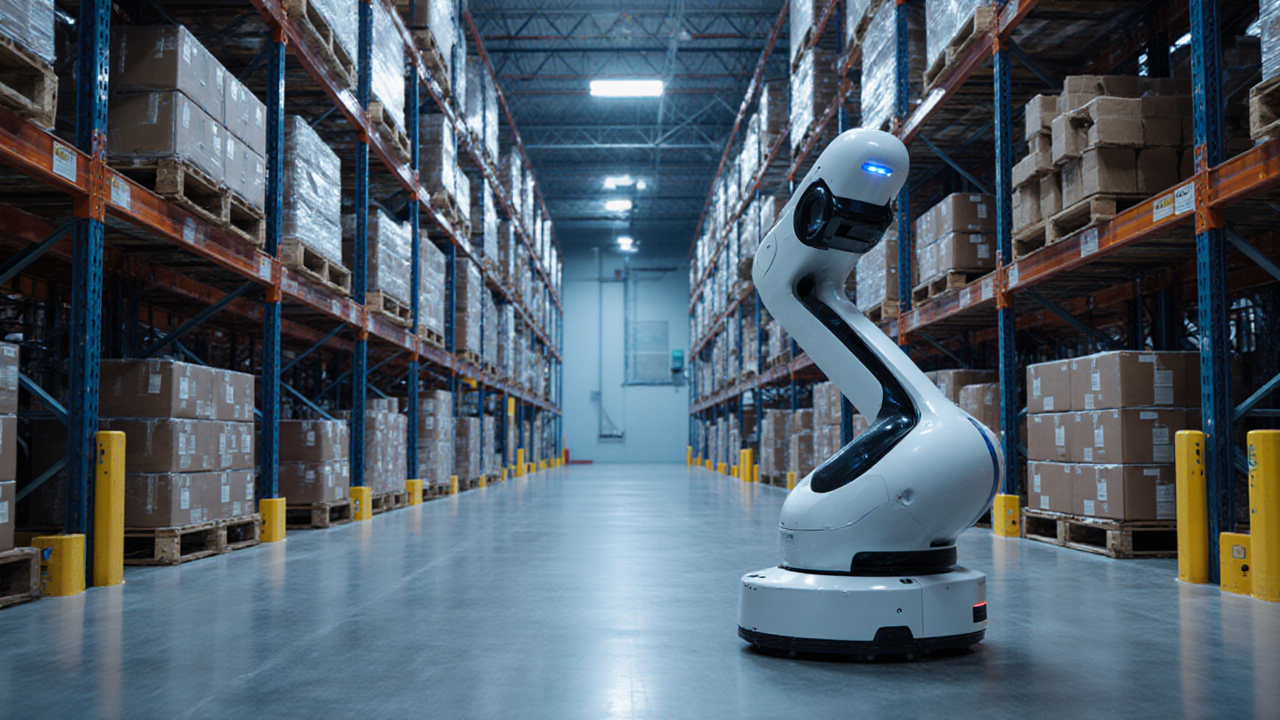
The rise of autonomous applications—often called agentic AI—signals a fundamental shift in how supply chain and logistics leaders approach operational excellence. According to a 2025 global survey by a leading consulting firm, 78 % of companies are now deploying generative artificial intelligence in at least one business function, yet most of those initiatives remain confined to prototypes and pilots. The breakthrough lies in AI agents that observe, plan, and act using available tools without explicit human commands, enabling rapid scaling of impact and the realization of tangible financial benefits through cost reduction and expanded service offerings.
These agents already inhabit consumers’ daily lives through popular generative models such as ChatGPT, Gemini, and Claude, which go beyond simple chatbots by integrating web search, code interpretation, deep search, and image generation. For supply chain and logistics, the next logical step is to harness the same capabilities to automate processes, enhance decision‑making, and deliver proactive customer experiences.
In practice, agentic AI is reshaping several core functions. Process automation agents can ingest real‑time changes in trading policies to ensure regulatory compliance, while virtual field‑operations assistants support dispatchers and drivers with roadside assistance, behavioral coaching, and real‑time operational insights. Multimodal extraction agents parse text, audio, and video to flag safety risks and verify inventory, and customer‑experience communication agents proactively update customers on order status, resolve exceptions, orchestrate returns, and coordinate dispatch across channels.
Turning this promise into operational reality requires a disciplined approach to three critical risk areas. First, consistency and reliability at scale: large language models (LLMs) often produce non‑deterministic outputs, and in autonomous workflows this can disrupt entire sequences. Best practices such as multiple passes through the model, setting temperature = 0, rigorous data validation, and deterministic fallbacks are essential to mitigate this risk. Second, evaluation: traditional software testing falls short for multi‑step AI agents. Establishing a robust evaluation pipeline that logs every state and employs an LLM‑as‑a‑judge approach—where a separate model assesses input‑output correctness—provides the necessary traceability and accountability. Third, context engineering, data governance, and privacy: an agent is only as good as the context and tools it can access. Organizations must enforce least‑privilege access, systematically guard‑rail data flows, and monitor permissions continuously to prevent catastrophic failures such as accidental database deletions.
For senior operations leaders, the strategic implication is clear: agentic AI offers a pathway from reactive problem‑solving to proactive, autonomous action at scale. By embedding these agents within a broader digital ecosystem—combining human expertise with machine intelligence—companies can unlock significant cost savings, enhance service levels, and build a resilient supply chain capable of adapting to volatility. The organizations that begin experimenting now, with a clear strategy and strong safeguards, will be best positioned to translate early adoption into lasting competitive advantage.
Loading comments...